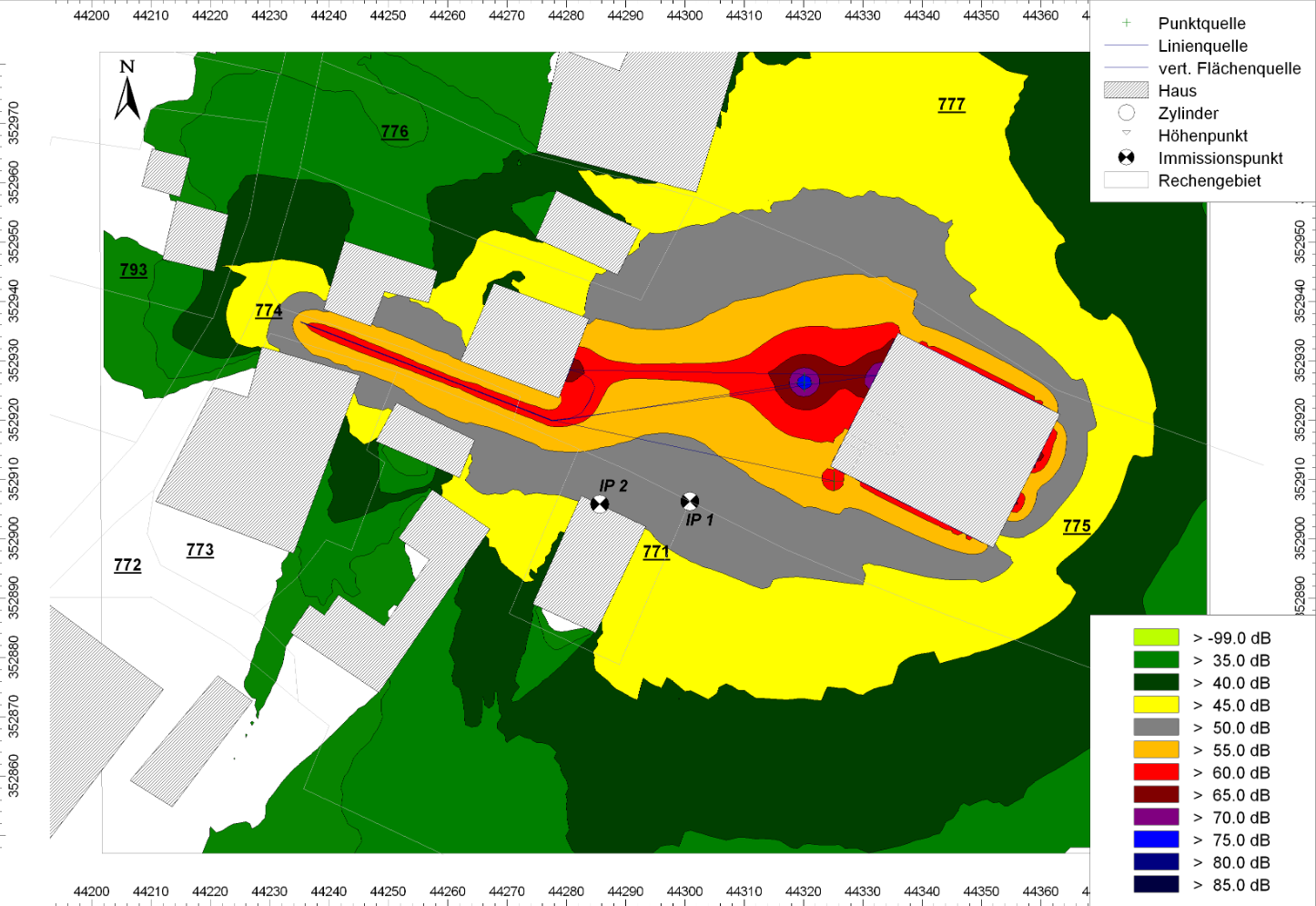In Austria, the ÖNORM S 5021 – sound technology basics for local and supra-local spatial planning and ordering – is available; Future noise pollution in connection with stand and area designation can be minimized through strict application. The permissibility of business types, “what can be built where,” is derived from the respective dedication. Guideline No. 36, Sheet 1 of the Austrian Working Group for Noise Abatement allows the planning guidelines to be assigned to the respective usage categories, taking into account the relevant legislation of the federal states.
In part, agricultural practice is confronted with the fact that noise-immission problems only come to light as part of official construction procedures; Delays in project implementation and an increase in construction costs for any noise protection measures are potential consequences. It is also important to pay attention to the topic of “advancing residential development”. By identifying realistic noise emissions, conflicts between livestock farms and future neighbors can be prevented in advance.
ÖNORM S 5021
ÖNORM S 5021 lists urban residential areas under building land category 3 , an area for buildings for agricultural and forestry businesses with apartments . This area has a planning emission guideline of 55 dB during the day, 50 dB during the evening and 45 dB during the night; This represents the usable extent of noise emissions from buildings and facilities in this dedication category.
In order to be able to act optimally in spatial planning matters, the existence of realistic sound-related surface emission characteristics is central. It must be ensured that the intended use category in reality does not have a higher level of emissions than the corresponding planning guideline according to ÖNORM S 5021 .
Preliminary surveys
During preliminary surveys for the project in question, evidence became evident that operational noise emissions - at least from agricultural and livestock farms - exceed ÖNORM S 5021 In this regard, reference is made to the Tyrolean Spatial Planning Act 2016, § 37, paragraph 4: Areas dedicated to mixed agricultural areas (or areas dedicated to special areas for farms) are suitable as building land with regard to interference from noise, in any case if the determined assessment level corresponds to the respective one Property boundaries do not exceed 60 dB during the day, 55 dB during the evening and 50 dB during the night. The values are therefore + 5 dB higher than the corresponding values of ÖNORM S 5021 in building land category 3, urban residential area, area for buildings for agricultural and forestry operations .
Goal
In order to clarify the question of the extent to which the approach of the Tyrolean Spatial Planning Act 2016 represents a more realistic, contemporary representation of acoustic emissions in practice, an intensive examination of the topic took place for the first time Agricultural business types and land use agricultural noise emissions and land use. There are no comparable publications available nationally or internationally. The project work is currently in the final phase - the results will be published by the Austrian Working Group for Noise Abatement (ÖAL) in the first half of 2021.
team







